Benefits of 3D Printing: Revolutionizing Manufacturing and Beyond
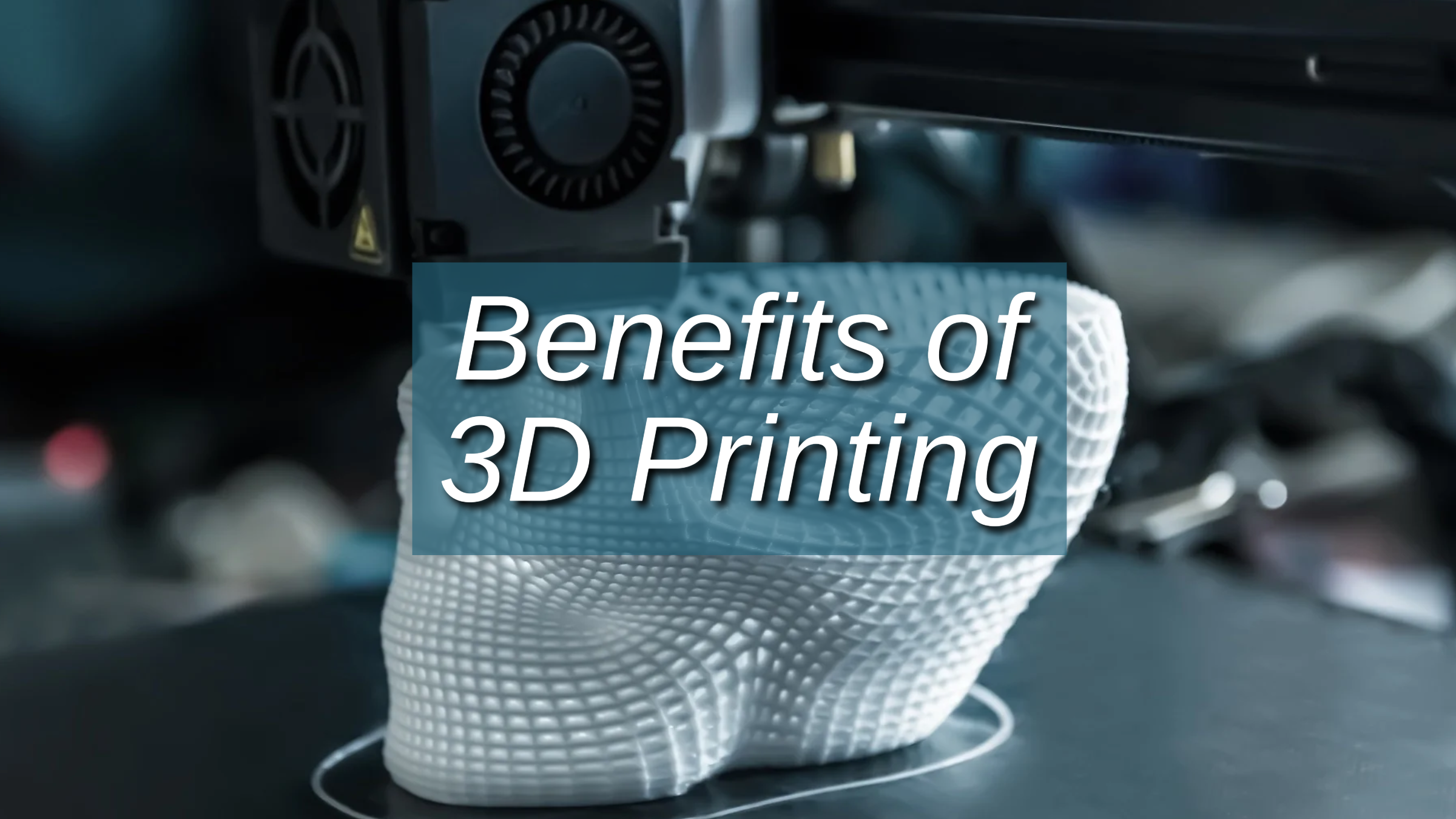
This article examines the benefits of 3D printing for rapid prototyping and custom production, spurring additive manufacturing's adoption.
Introduction
3D printing involves creating three-dimensional objects from a digital file by layering materials. This process offers unparalleled flexibility, customization, and efficiency, making it an attractive option for businesses and individuals alike.
The benefits of 3D printing extend beyond just manufacturing, impacting areas such as healthcare, aerospace, automotive, and even fashion.
Benefits of 3D Printing in Rapid Prototyping
Iterative Design Processes
3D printing enables rapid prototyping, unlike traditional methods that are time-consuming and costly.
With 3D printing, designers can quickly create, test, and refine prototypes, speeding up development cycles.
Speed: Designers can produce prototypes within hours, significantly accelerating the iterative design process. This speed allows for more experimentation and innovation.
Cost-Effective: 3D printing reduces the need for expensive tooling and molds, lowering the cost of each iteration. This is particularly beneficial for small and medium-sized enterprises (SMEs) that may not have extensive resources.
Reduced Time-to-Market
The ability to quickly develop and refine prototypes translates into a shorter time-to-market for new products.
By streamlining the design and testing phases, companies can introduce their products to consumers more rapidly, gaining a competitive edge.
Efficiency: With faster prototyping, companies can make quicker decisions and adjustments, reducing delays in the production process.
Market Responsiveness: The reduced time-to-market allows companies to respond more swiftly to market trends and consumer demands, ensuring that their products remain relevant and competitive.
Benefits of 3D Printing in Customization and Personalization
Personalized Healthcare Solutions
3D printing revolutionizes healthcare by creating custom prosthetics, implants, and medical devices tailored to individual patients.
This enhances comfort, functionality, and patient outcomes.
Prosthetics and Implants: Customized prosthetic limbs and implants provide superior fit and comfort, improving surgical success rates. For example, 3D-printed titanium implants match a patient's bone structure precisely, reducing recovery times significantly.
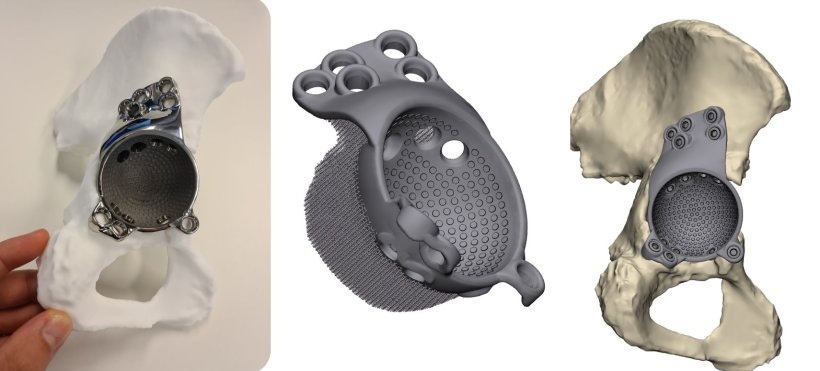
Source: healthcare-in-europe.com
Orthodontics: Custom orthodontic braces, designed from 3D scans, lead to more effective treatment plans and shorter treatment times, enhancing patient comfort and treatment efficiency.
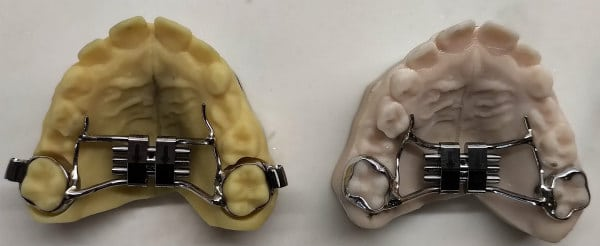
Source: drdougortho.com
Customized Consumer Products
3D printing allows the consumer goods sector to offer personalized products, reflecting individual tastes and preferences.
Footwear: Custom-fit shoes based on foot shape and walking pattern enhance comfort and performance, reducing the risk of injuries.
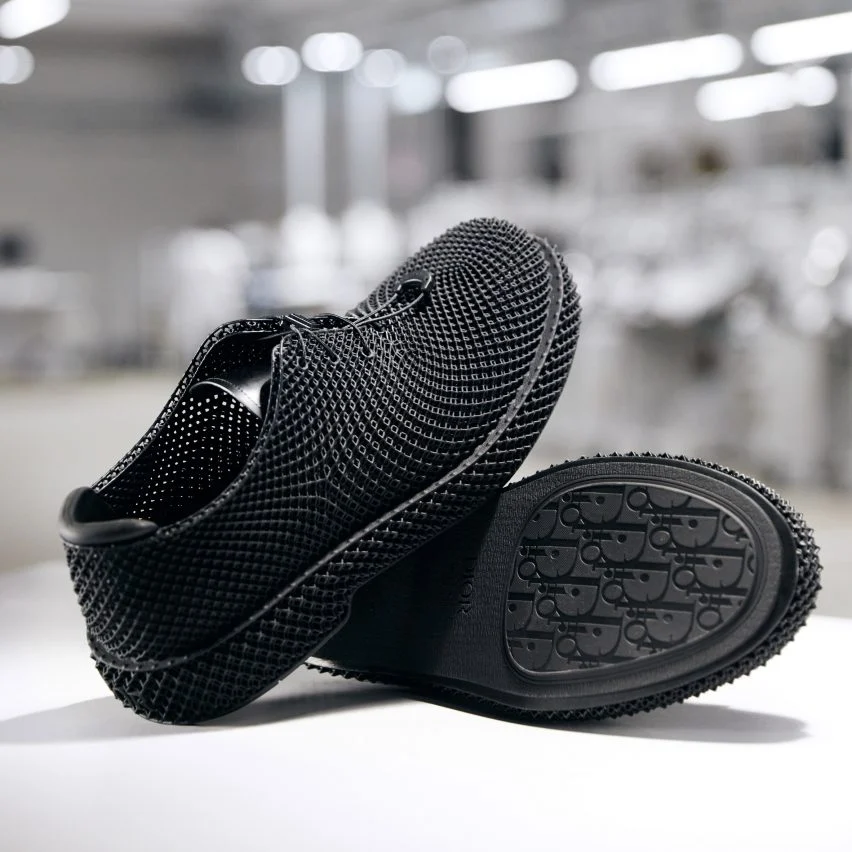
Source: dezeen.com
Phone Cases and Accessories: Personalized phone cases with specific patterns or images express individuality through everyday items.
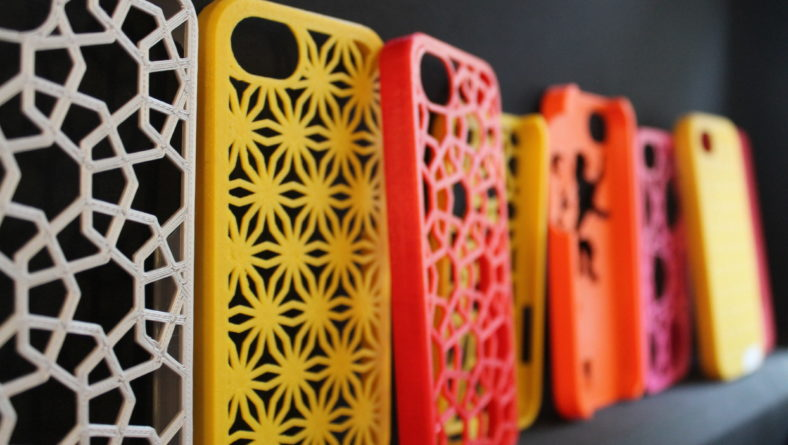
Source: dimensionalley.com
Bespoke Architectural Designs
Architects and designers utilize 3D printing to create custom building components and intricate architectural structures, pushing the boundaries of traditional design.
Unique Facade Elements: Complex facade elements incorporate intricate designs and textures, enhancing building aesthetics and functionality.
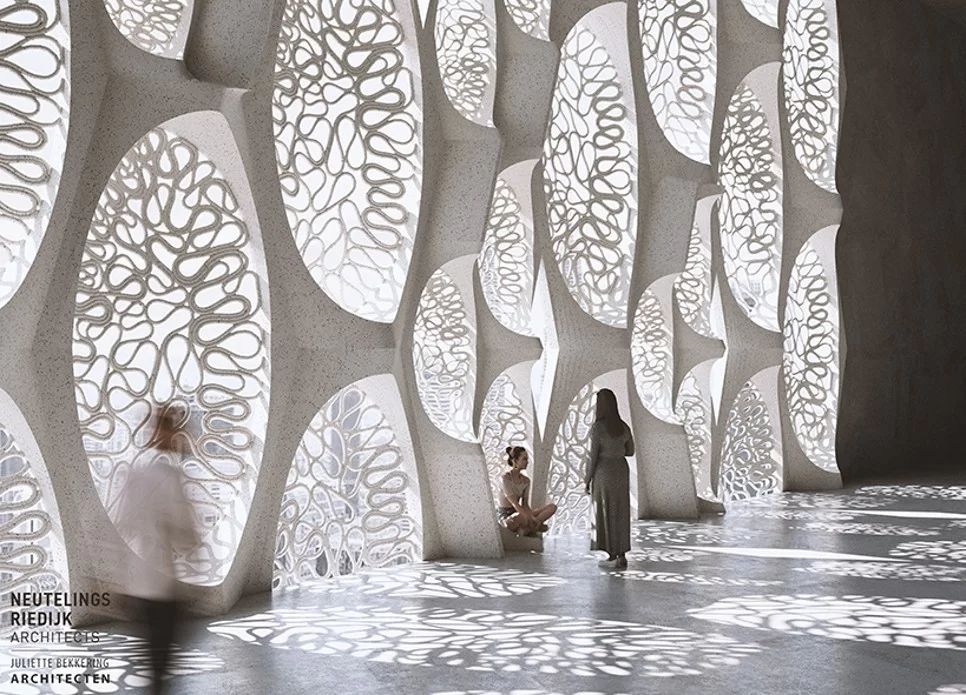
Source: archidust.com
Interior Decorations: Custom lighting fixtures and furniture meet specific aesthetic and functional requirements, enhancing overall design coherence and appeal.
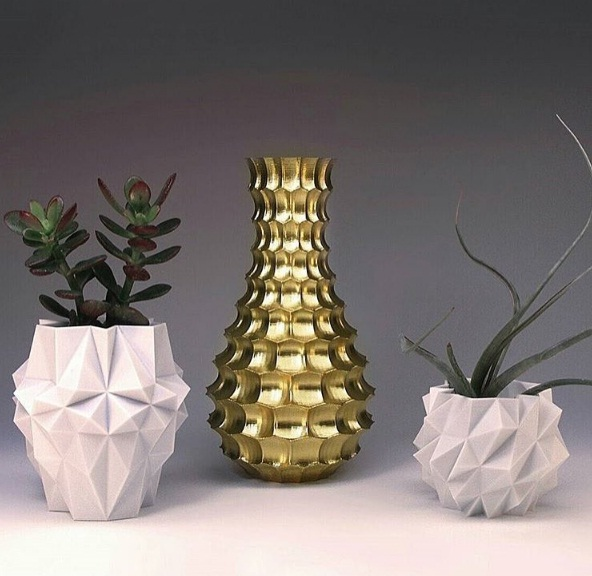
Source: boostetsy on Instagram
Benefits of 3D Printing in Cost Efficiency
3D printing offers significant cost efficiency by reducing material waste, streamlining assembly, and enabling cost-effective customization. Here’s how it enhances cost efficiency across various industries.
Material Savings and Waste Reduction
3D printing minimizes material waste by using only the necessary amount of material for production, resulting in significant cost savings and environmental benefits.
Efficiency: Aerospace companies report up to 90% reduction in material waste compared to traditional manufacturing methods .
Environmental Impact: Reduced waste leads to lower environmental impact, aligning with sustainability goals.
Streamlined Assembly
3D printing allows complex assemblies to be consolidated into single printed parts, simplifying production processes and reducing labor costs.
Integrated Components: Industries like automotive and electronics benefit by printing intricate components as integrated units, reducing assembly steps and errors.
Labor Cost Reduction: Fewer parts and simplified assembly processes lower labor costs and reduce the need for specialized equipment .
Economies of Scale
3D printing enables cost-effective production of small batch or customized items without the need for costly tooling.
Customization: Efficient and affordable production of personalized products, such as medical devices and custom accessories, is revolutionized by 3D printing.
Flexible Production: Manufacturers can quickly adapt to changes in demand without retooling, reducing inventory and warehousing costs .
Benefits of 3D Printing in Design Flexibility
Complex Geometries
3D printing enables the creation of intricate designs and geometries that are challenging or impossible with traditional manufacturing methods, unlocking new possibilities in product design and innovation.
Innovative Designs: Lattice structures and organic shapes can be easily fabricated with 3D printing, revolutionizing industries such as aerospace and medical devices. These complex geometries can lead to lighter, stronger, and more efficient components.
Case Example: In the medical field, 3D-printed lattice structures can be used to create implants that better mimic natural bone, enhancing patient outcomes.
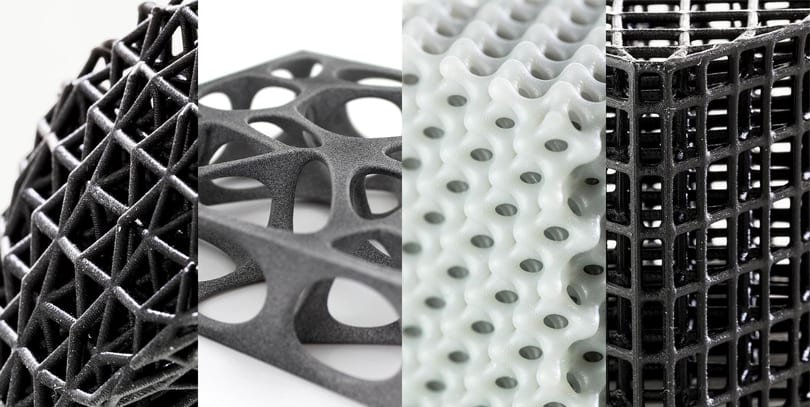
Source: sybridge.com
Performance Optimization
Parts can be optimized for specific functions through 3D printing, allowing engineers to enhance efficiency, durability, and performance.
Enhanced Performance: 3D printing allows for the customization of parts to meet specific performance criteria. This capability is particularly beneficial in industries like automotive and industrial manufacturing, where lightweight yet robust components are essential.
Application Example: In the automotive industry, 3D-printed parts can be designed to be both lightweight and strong, improving fuel efficiency and vehicle performance.
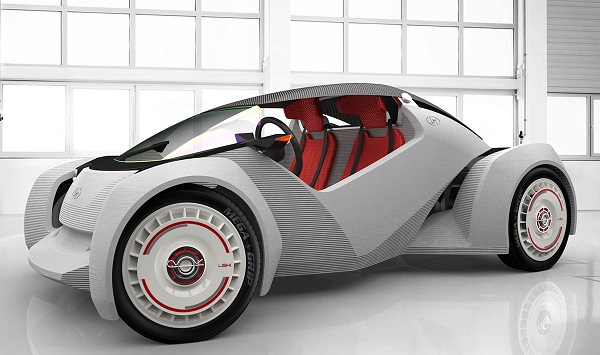
Source: metalworkingworldmagazine.com
Functional Integration
3D printing enables the integration of multiple components into a single printed part, reducing assembly complexity and enhancing functionality.
Simplified Production: By consolidating parts, manufacturers can simplify supply chains, reduce inventory costs, and create more efficient products. This consolidation also reduces the potential for assembly errors and enhances product reliability.
Industry Example: In robotics, complex assemblies can be printed as fully integrated units, improving reliability and reducing maintenance requirements.
Advantages of 3D Printing over Traditional Manufacturing
Aerospace
Prototype Development: 3D printing enables rapid prototyping of aerospace components, speeding up design iterations.
Customized Tooling: It creates tailored tooling for manufacturing processes, enhancing efficiency.
Innovative Design Solutions: Aerospace engineers use 3D printing for innovative design solutions, leading to lighter and more efficient aircraft.
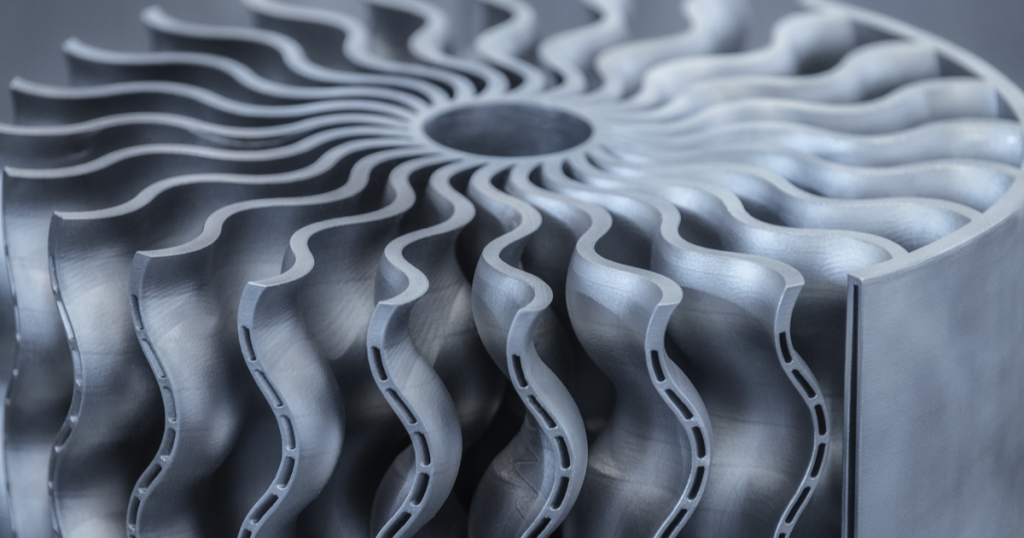
Source: vaughn.edu
Healthcare
Personalized Medicine: 3D printing enables the creation of tailored prosthetics, implants, and medical devices, enhancing patient care and outcomes.
Medication Optimization: The technology can combine multiple medications into a single dose, reducing risks associated with polypharmacy.
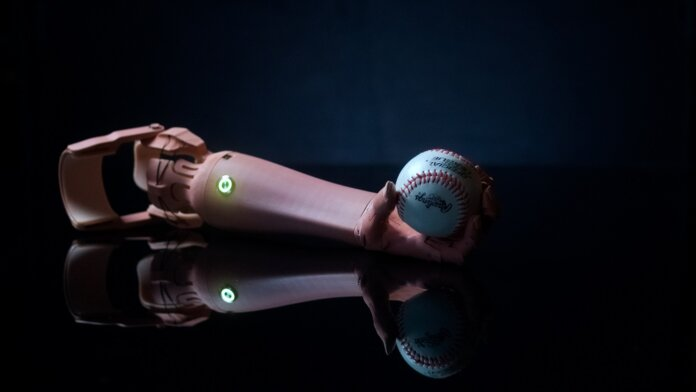
Source: singularityhub.com
Industrial Manufacturing
End-Use Manufacturing: 3D printing transitions industrial manufacturing from prototyping to functional part production, supported by standards development and material expansion.
Streamlined Processes: Reduced tooling costs, minimal material waste, and on-demand production streamline manufacturing, improving efficiency and reducing costs.
Product Development
Rapid Prototyping: Quick creation and testing of multiple design versions accelerate product development, vital in fast-paced industries like consumer electronics.
Design Flexibility: Unparalleled design freedom allows for complex geometries and customized products, enhancing innovation and market responsiveness.
Conclusion
In conclusion, 3D printing offers unmatched benefits across industries, from rapid prototyping to personalized healthcare solutions.
Its ability to reduce material waste, streamline assembly, and provide design flexibility drives innovation and cost savings.
As the technology evolves, its impact on manufacturing will only grow, promising a future of efficiency and customization.
Unionfab: Your Professional Partner in 3D Printing
Unionfab, as a company specializing in the field of 3D printing, is dedicated to providing high-quality 3D printing solutions for our customers.
Contact us for more information.


